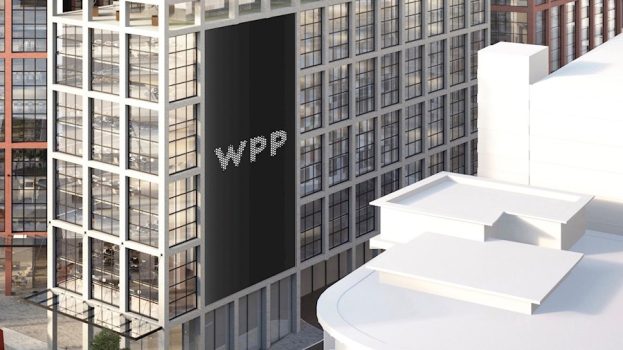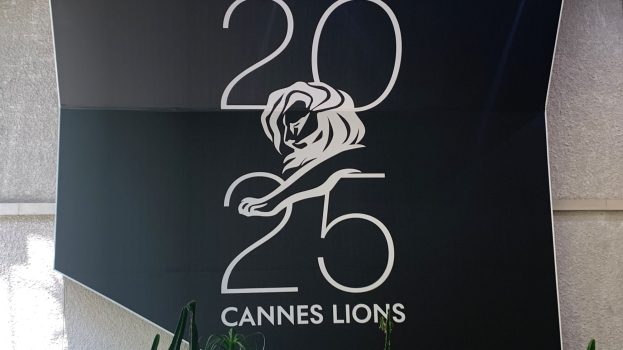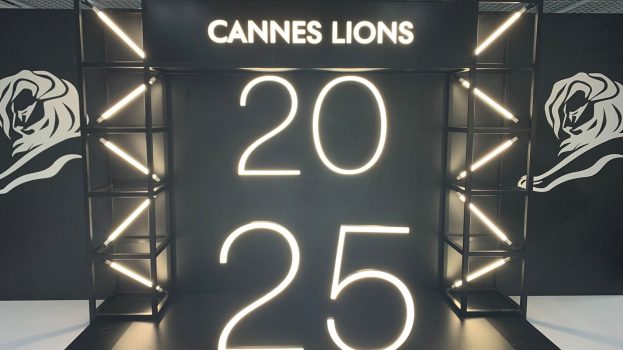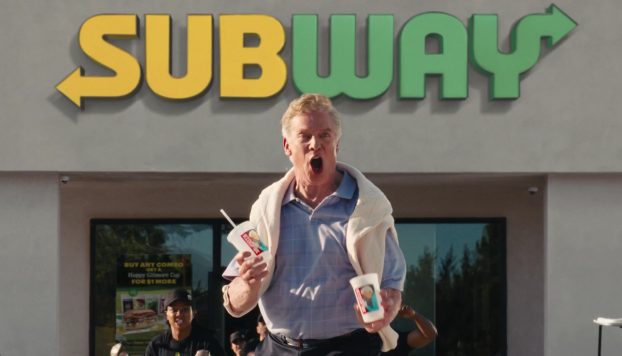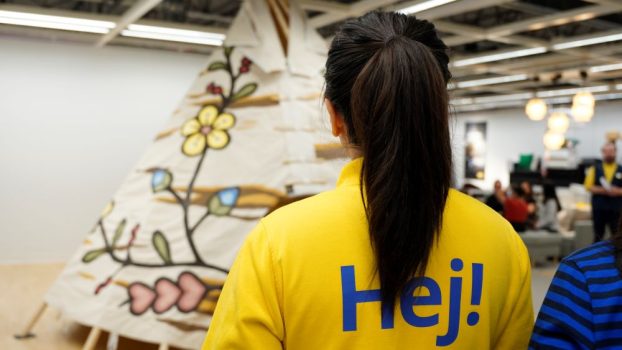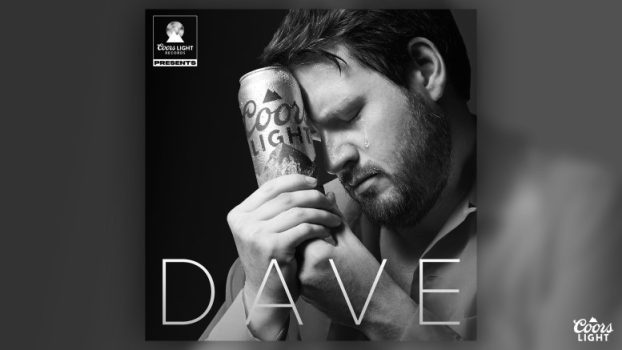Imagine your company is running a 30-second tv spot supporting the launch of a product.
In the limited time available, it would be possible to introduce the product and detail a few of its key features and distinguishing attributes.
Perhaps, you would run a 1-800 number. But that’s about it. Fade to black.
Now imagine motivated consumers were able to learn a great deal more about your product merely by clicking a few buttons on their tv remote controls to get access to an interactive commercial containing virtually unlimited information about the product.
Don’t stop there. Imagine, further, that viewers could pull their Smart Cards from their wallets and purses, run them through tv-top magnetic card readers and buy the product.
That and more is the promise of a yet-to-be-introduced interactive communications system being developed by Groupe Videotron of Montreal.
On Jan. 24, Videotron, which is the largest cable operator in Quebec, announced it had formed a consortium of companies that would spend up to $750 million to introduce a digital electronic highway into 80% of Quebec homes by 2002.
The first leg of the system, known as ubi, which stands for universality biodirectionality interactivity, is scheduled to launch in and around the city of Chicoutimi in September 1995.
Pierre Dion, general manager of Videoway Multimedia, Videotron’s sales and marketing arm, says ubi is a powerful new marketing tool that the marketing community is just beginning to understand.
Dion says ubi will enable advertisers to effectively and efficiently ‘integrate mass marketing and one-on-one marketing.’
He says this integration will lead to marketing campaigns that were never before possible, adding, the challenge for marketers will be to figure out how to make the system work for their specific product lines.
ubi is designed to transmit high quality sound, text and graphic images.
It will not offer full-motion video, but advertisers will be able to use stop-motion images like those used in infomercials.
As far as hardware is concerned, ubi subscribers will be outfitted with a computer terminal (known as a ‘set-top box’), programmable remote control with alphabet keys, printer, personal identification number key pad, magnetic card reader and Smart Card.
The cost of the hardware, between $400 and $500 per home, will be borne by the ubi consortium, which comprises six founding members.
Since ubi was announced, Dion and his Videoway Multimedia co-workers have been meeting potential advertisers and their ad agencies to explain the interactive system and help them figure out how it could be integrated into traditional marketing strategies for their products.
According to Dion, there are a variety of basic ways advertisers could use the ubi system:
– A traditional tv spot can be used to prompt viewers to switch to an ad in ubi.
– A traditional tv spot can be used to prompt viewers to print out a coupon on their in-home printer.
– Traditional print or billboard ads can be used to steer people to interactive ads on the system.
– To deliver flyers electronically.
– To deliver home shopping catalogues showing products that can be bought immediately via Smart Card transaction.
– To deliver ‘window shopping’ catalogues for big-ticket items such as homes and cars.
– To conduct market research and test new products.
Dion says Videoway Multimedia’s efforts to explain ubi to advertisers have been helped by an explosion of interest among service providers in the whole area of interactive marketing.
He says that as little as six months ago, traditional agencies could still be criticized for dragging their feet on interactivity.
But now, he says, most large agencies as well as many smaller shops and one-man operations are ‘running to position themselves as experts.’
Dion says most large agencies are now grappling with whether to start a new subsidiary specializing in interactivity, buy an existing one, or try to integrate interactivity throughout all their different divisions.
He says the jostling for positioning is just beginning, adding, ‘It’s an exciting time for marketing.’

